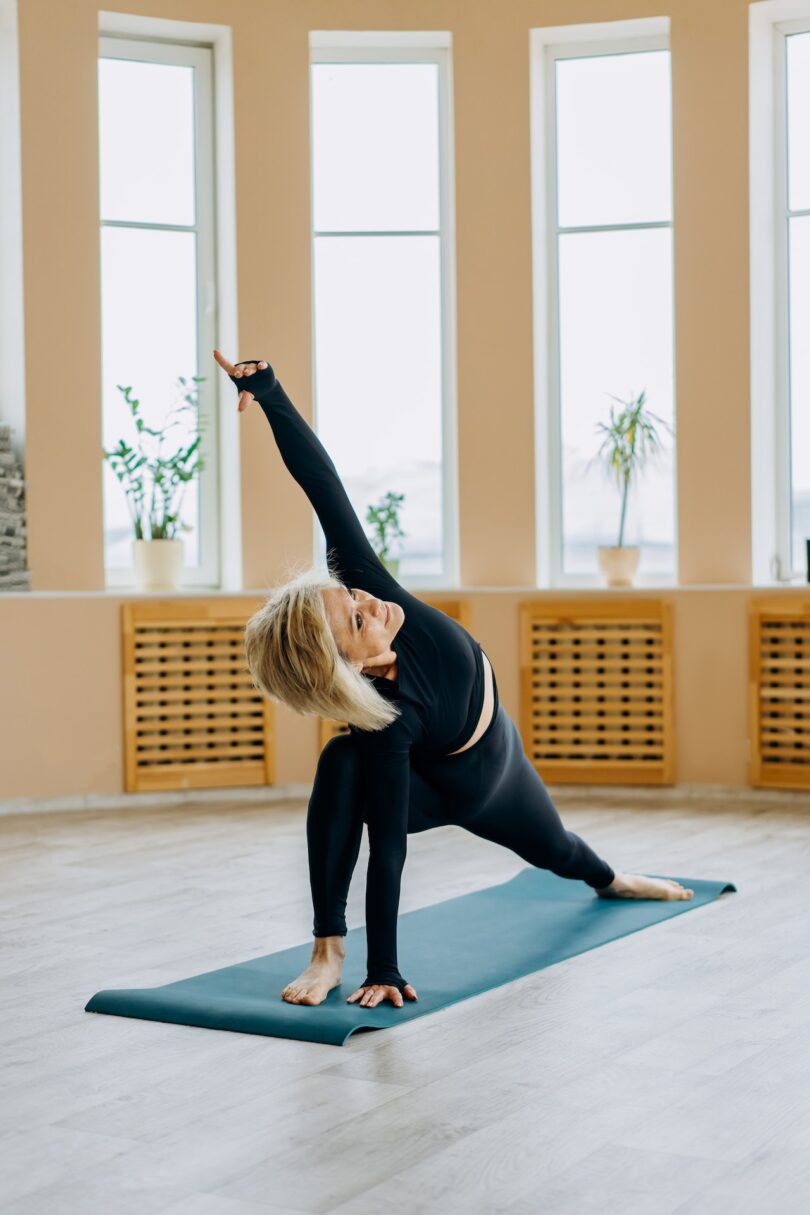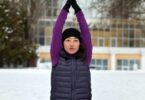Introduction As we age, our bodies and minds change, and it’s important to find ways to maintain our health and well-being. Yoga is a practice that can be incredibly beneficial for seniors as it can improve flexibility, balance, and overall strength. However, one of the biggest concerns for seniors is the risk of falling, which can lead to serious injuries. The philosophy of Ahimsa, or non-violence, in yoga can help seniors reduce their risk of falls and improve their overall quality of life.
What is Ahimsa?
Ahimsa is one of the core principles of yoga, and it translates to “non-violence” or “non-harm.” It encourages practitioners to avoid causing harm to themselves or others, both physically and mentally. In the context of yoga, Ahimsa means practicing with care and consideration for one’s body and limitations. It’s about listening to your body and making adjustments to poses as needed, taking into account any physical limitations or medical conditions.
How Ahimsa can Help Reduce Falls
Falls are a common concern for seniors, and they can be caused by a variety of factors such as poor balance, weak muscles, limited flexibility, and even vision impairment. By practicing Ahimsa, seniors can improve their balance and strength, which can reduce the risk of falls. When practicing yoga, seniors should focus on listening to their bodies and making adjustments to poses as needed. This allows them to practice safely and without pushing themselves too hard, thus reducing the risk of falls.
Ahimsa and Balance
Balance is a crucial factor in reducing the risk of falls, and yoga can help improve it. Many yoga poses require balance, and by practicing them regularly, seniors can increase their ability to maintain balance. Additionally, Ahimsa encourages practitioners to make adjustments to poses as needed, which can help seniors find a comfortable and safe balance. Yoga poses such as tree pose, warrior III, and chair pose are excellent for improving balance.
Ahimsa and Strength
Muscle weakness is another common cause of falls, and yoga can help improve muscle strength. Many yoga poses, such as downward-facing dog, plank, and chair pose require strength in the arms and legs. By practicing these poses regularly, seniors can increase their muscle strength, which can help reduce the risk of falls. Additionally, Ahimsa encourages practitioners to work within their limits, which can help seniors avoid pushing themselves too hard and risking injury.
Ahimsa and Vision
Vision impairment is another cause of falls among seniors, and it’s essential to consider it when practicing yoga. Ahimsa encourages practitioners to make adjustments to poses as needed and to use props such as blocks and straps to help with balance and stability. Yoga poses such as seated forward folds, child’s pose, and downward facing dog can help seniors with vision impairment.
Conclusion
Yoga is a practice that can be incredibly beneficial for seniors, and the philosophy of Ahimsa can help reduce the risk of falls. By listening to their bodies and making adjustments to poses as needed, seniors can improve their balance, strength, and vision. Additionally, Ahimsa encourages practitioners to avoid causing harm to themselves or others, both physically and mentally. This can help seniors improve their overall quality of life and feel more comfortable in their practice. It is always important to consult with a medical professional before starting any new exercise regimen. Yoga can be modified and adjusted to suit the needs and abilities of each individual senior, making it an accessible and beneficial practice for all.








Leave a Comment